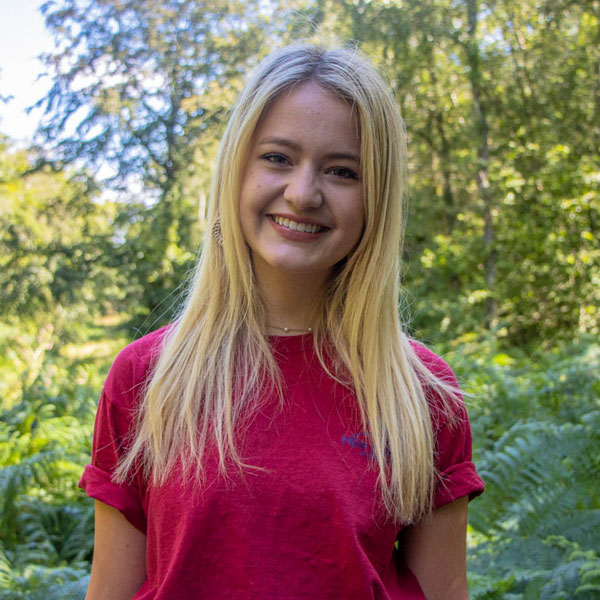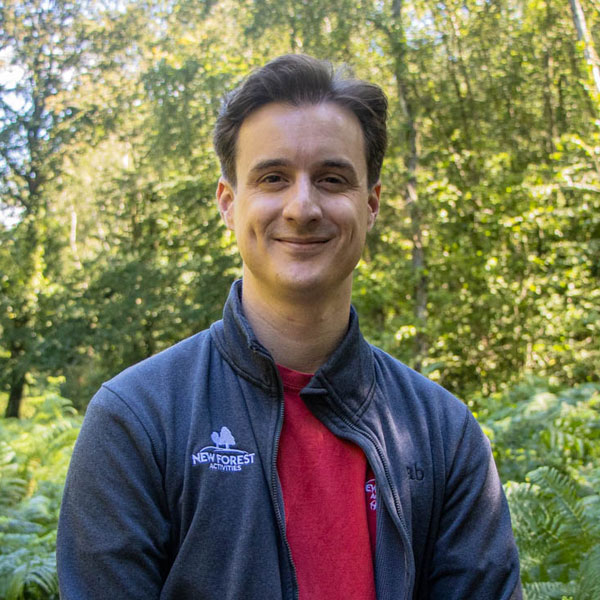Help Centre
Your adventure questions, answered
Featured articles
Kayaking
Whats the Difference Between a Canoe and a Kayak?
One of the biggest questions we have for people looking to get out on the water is ‘Should I go in a kayak, or should I go in a canoe?’ We’ve collated this article to help you make that decision easier by explaining the differences and what your experience will be like when you come out on one of our taster sessions. Alternatively, watch the informative video above!
One of the largest problems with knowing the difference between the two crafts is people constantly naming kayaks as canoes! Often people fail to recognise there's a difference between the two boats at all.
So with canoes and kayaks, it’s more about the type of paddle that you use than the boat itself.
A kayak has a double bladed paddle whereas a canoe has a single bladed paddle. For our sessions at New Forest Activities, we use traditional canadian-style canoes and these are two, three and sometimes even four seater boats. They’re open topped and there’s plenty of room for kit, children and even dogs occasionally accompany us on our journeys. A kayak is a single seater boat and as you’re sitting in the boat, you paddle along and splash yourself.
The kayaking experience is considerably more damp although very stable boats are being used. This is opposed to canoeing which, assuming everyone keeps a good balance and enjoys the stability of the boats, means you’re going to stay totally dry.
As well as the type of paddle, one of the biggest differentiators between a canoe and a kayak is the way that you sit in the boat. Traditionally, canoeists would kneel down as this gives more control over the boat. When you’re first starting out, although a lot of the weight is on your backside, people find that it’s a lot more comfortable to sit in a canoe. They can still get a lot of control by having their legs fairly wide apart, but it’s more relaxing to sit for those that haven’t done it before.

The stern of the canoe (commonly referred to as the back of the boat) is where the steering happens. As you’ve got forward momentum, you should be able to pull the water to turn the boat away from the paddle, or push water to turn the boat in the other direction. This works as long as there’s enough momentum, so you’ll need another passenger at the front of the boat to help power the boat on the journey. Practically, that would be a child twelve years older or, of course, another adult. If you have younger children, the best place for them on the boat would be in the middle where they can act as a passenger but also help out on occasion with extra power.
Finally when it comes to canoeing, people are often concerned about the chance of a capsize. Canoes are very stable, but it’s not to say that a capsize never happens. Occasionally, even when people aren’t expecting it or don’t want it to happen, participants do find themselves in the water. This is why we insist everyone wears buoyancy aids that keep you floating and safe. Canoes are impossible to self rescue if you are a beginner, so you’ll need one of our guides or another competent canoeist to empty the water out of the boat and get you back in safely. As long as you remain calm and floating on your buoyancy aids, that process can be done in under a minute. For this reason, we do advise people to bring a change of clothes but to not worry about anything more, as although rescues are rare, they are quick and easy to complete.

In a kayak, the user will be sat down with a backrest supporting the upper body. You can also use a spray deck, which is a flexible waterproof cover that is used to prevent water from entering the boat, whilst allowing passengers to successfully paddle. These are optional, but the good news is that if you need it to come off your knees will quite easily pop it off. Kayaks themselves are well balanced and hard to get over in the water. Because of the design and the size, the touring kayaks that we use are suitable for those ages 12 years plus. Younger than that, and they haven’t got the strength and aren’t physically big enough to propel these along.
We do offer sessions for younger children and our family kayaking goes down to as young as eight years old. These sessions use double sit-on-top kayaks which are different in design from our touring boats.
The final point that differentiate the kayak from a canoe is that kayaks are significantly quicker because you have a double paddle paired with a smaller boat. It will move a quicker difference and therefore you will cover more distance on your session. If your session is mixed, like our Beaulieu River Tours, you will need to take into account you’ll have to wait around slightly for the canoeists. Also, like out canoes, you can’t self rescue so although capsize is highly unlikely our team will need to be on hand to quickly get you back into your boat.
We hope we’ve cleared up some points ready for your next session on the water! Of course, if you have any other questions our friendly office team is always on hand to help via info@newforestactivities.co.uk or 01590 612377.
Have we missed anything?
Get in touch with your question and a member of the team will get back to you as soon as possible.




.webp?tx=f_auto,q_auto)
